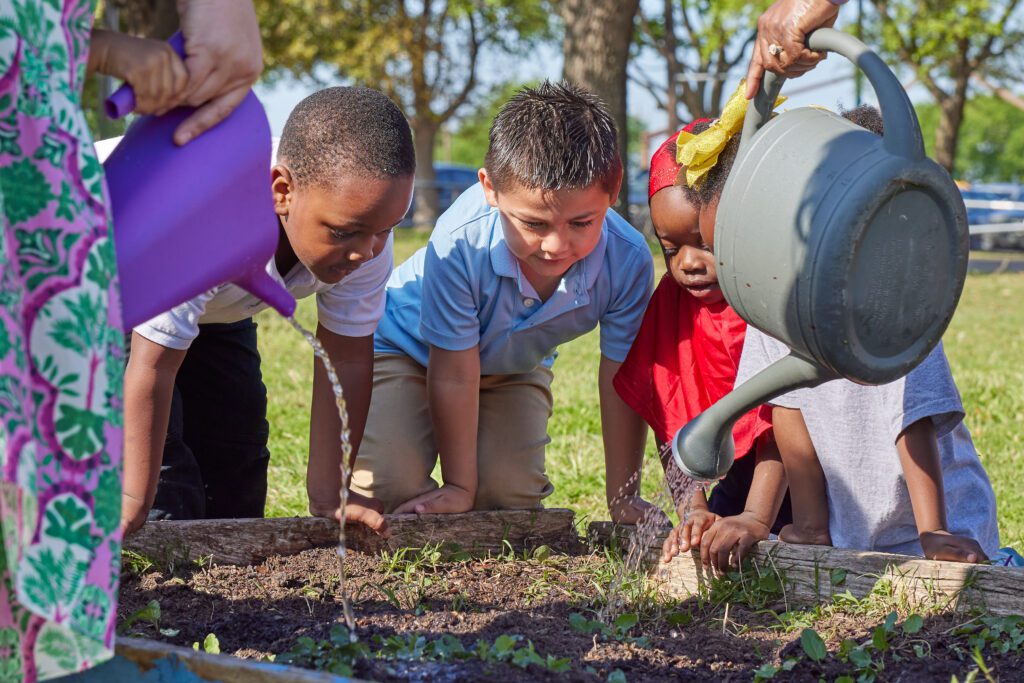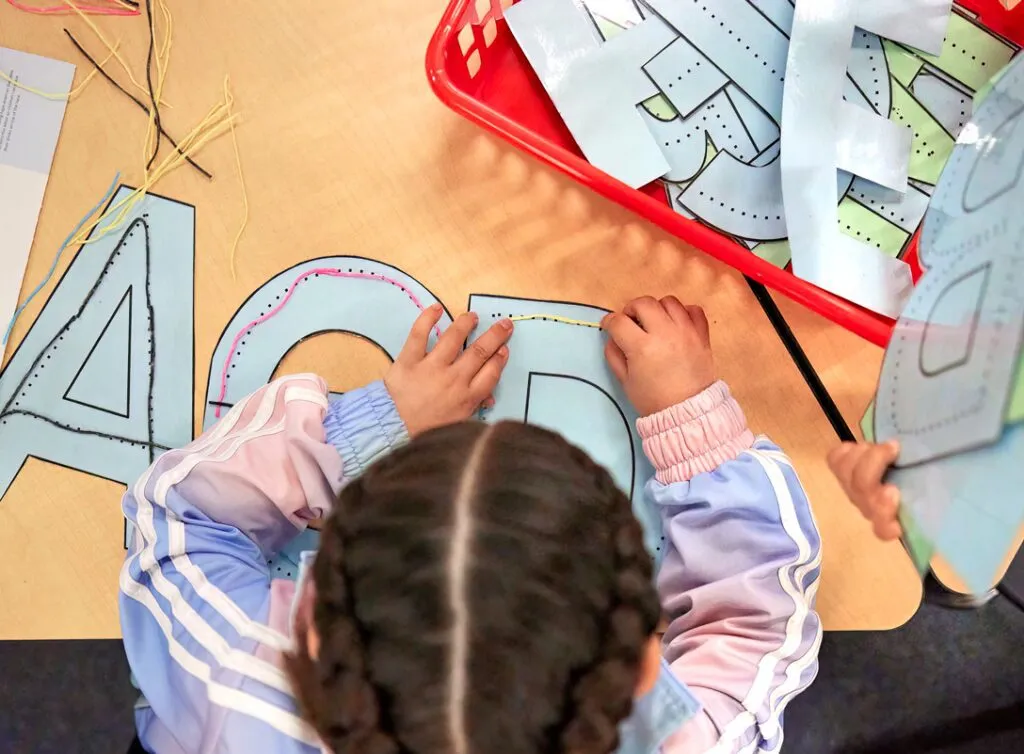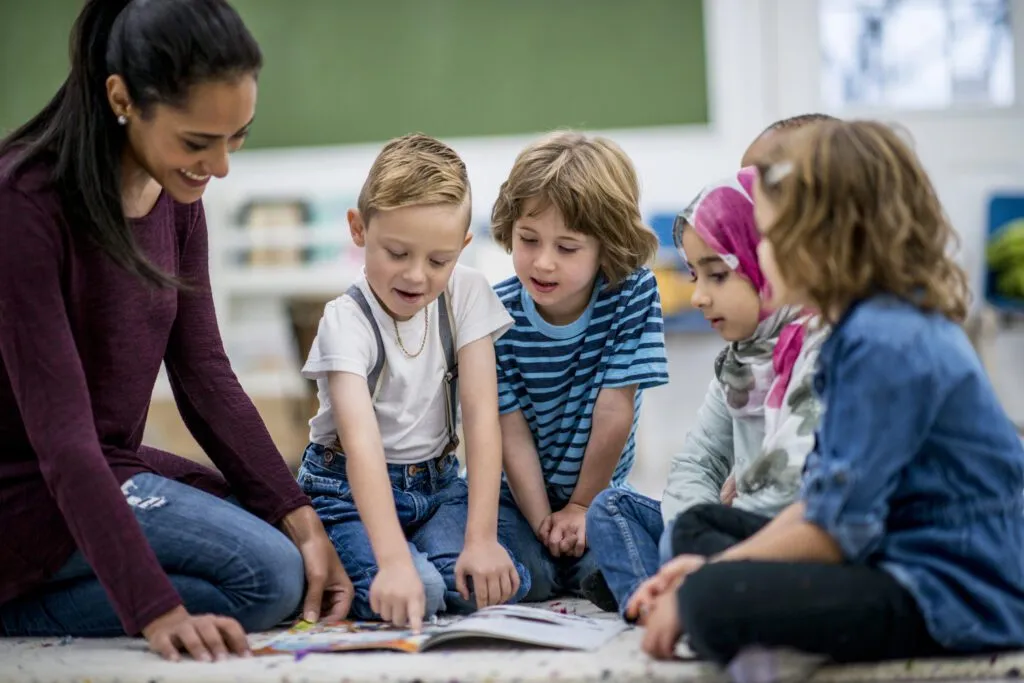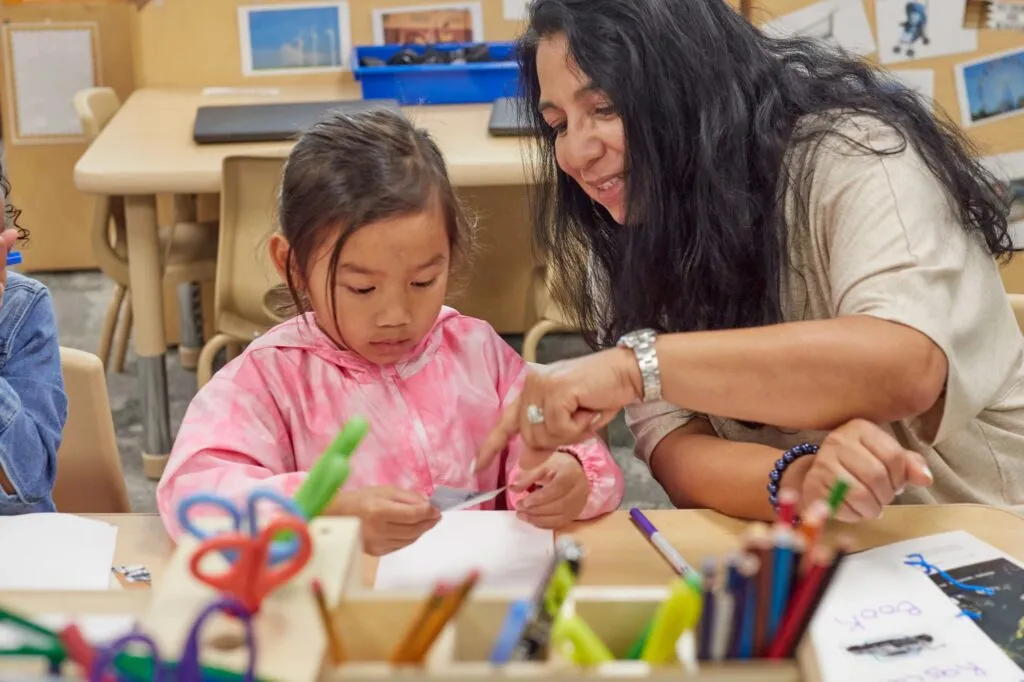Leveraging the Science of Reading in Your Early Childhood Program


In the long-standing debate about how best to teach children to read, many state legislatures and departments of education are currently recommending—and even requiring—that literacy instruction in elementary school be grounded in “the science of reading.”
But what does the science of reading have to say about early childhood programs? What can this research tell us about their role in helping children eventually learn to read?
At Teaching Strategies, we believe that the role of high-quality early childhood programming is what it always has been: to intentionally sow the seeds of development and learning that become an extensive root system of foundational skills.
What the science of reading means for preschool and pre-K
The science of reading research findings are often summarized under umbrella areas that have become known as the five pillars of literacy. These pillars are phonemic awareness, phonics and word recognition, vocabulary, fluency, and comprehension.
When it comes to leveraging these pillars of literacy to inform early childhood programming, two points stand out.
One, language development precedes literacy learning. Verbal interactions matter and are, in fact, a principal nutrient for growing an extensive root system of foundational skills. The more meaningful conversations a child is a part of in the years before attending kindergarten—especially conversations with adults who love and care for them—the better equipped that child is to receive formal reading instruction.
To best prepare children for later literacy instruction, adults should focus on helping young children build vocabulary; play with pre-reading skills, such as rhyming and alliteration; and develop a functional understanding of the systems of language (grammar and syntax) and a sense of story (beginning, middle, and end). Building these precursors of reading fluency can sound fairly overwhelming. However, the good news is that a great deal of this work is already taking place between children and trusted adults in schools, childcare centers, and homes everywhere, through songs, games, stories, and authentic discussions.
Also, there is enormous power in reading to children, and that power is magnified when children are given opportunities to think about and discuss the books and stories shared with them. Children take great comfort in repeated engagement with familiar books and stories, and, since repetition is essential for learning, adults should rejoice when hearing a child exclaim, “Read it again!”
A second important point made clear by the science of reading is that frequency is just as important as quality. The phrase “early and often” comes to mind here. While short, intentional, focused instruction each day will help a preschool or pre-K child understand specific skills, these skills also need and deserve to be gently nurtured every day, throughout the day, from infancy onward. And it all begins with socialization and play. Children need both people to talk to and topics to talk about. When children play, explore, investigate, build, and create, they have more to think about; having more to think about is grounds for having more to talk about.
And along the way, children grow the extensive root system of skills that prepares them for success in elementary school and beyond.

Explore More About Literacy in Early Childhood
EdWeek and Teaching Strategies help you evaluate research on early literacy, analyze advice from experts, review how science of reading reforms are boosting achievement, and more with this free primer.


